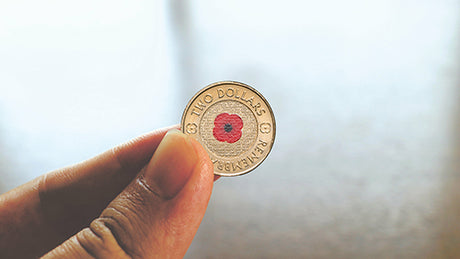
Treasures in your change: The $2 coin!
Once upon a time, the $2 coin – along with the 5c and 10c coins – was almost entirely ignored by collectors. Australia’s obsession with ‘hoarding the commemorative’, a tradition...
Spend $250 or more for FREE Shipping on your order!

Once upon a time, the $2 coin – along with the 5c and 10c coins – was almost entirely ignored by collectors. Australia’s obsession with ‘hoarding the commemorative’, a tradition...
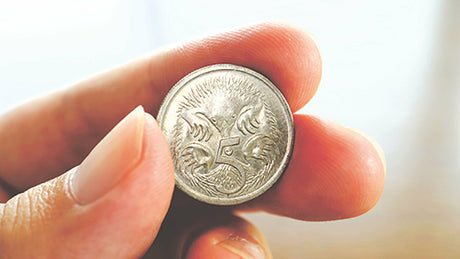
The humble 5c – Australia’s lowest denomination, and a coin that now carries so little purchasing power that its very existence is the subject of debate. Indeed, most people barely...

For 60 years, the Bathurst 1000 has been Australia’s premier car race, and an essential part of the nation’s sporting identity. The legendary Mt Panorama circuit has provided the very...

One of the key driving forces of Australian motor racing, Allan Moffat OBE is one of first real professionals of local motor racing and an Australian sporting giant! Over a...

Code-named Operation Golden Orb, the coronation of King Charles and Camilla, the Queen Consort, will take place on Saturday 6 May at Westminster Abby London. Preparations are in full-swing for...

The Australian numismatic community is eagerly anticipating the first of the ANDA’s (Australasian Numismatic Dealer’s Association) regional expos, taking place in Melbourne this February! As a proud member of the...
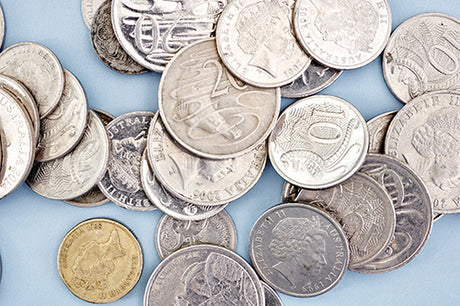
What you should look out for! In the fields of art, literature and jewellery, for example, people think that great rarities and treasures are found only safely hidden away in...
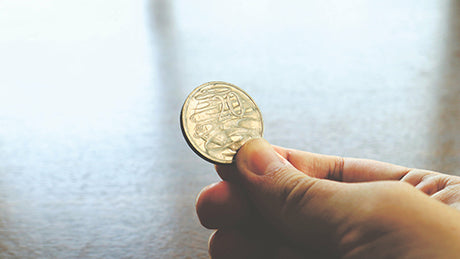
The following was penned by Downies employee Jimmy… Now, while you may have already seen the informative infographic we posted last week, and pictured to the right, this blog post will go...
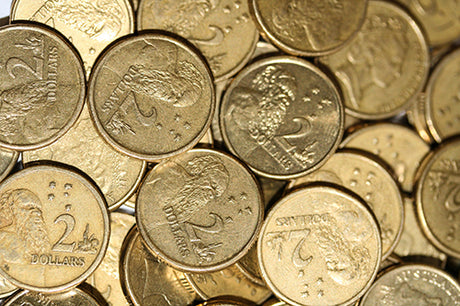
Do you have the 2012 Remembrance Day Colour $2 coin in your collection? Or maybe the 2013 Coronation Colour $2 coin, with its purple border and crown? What about the...
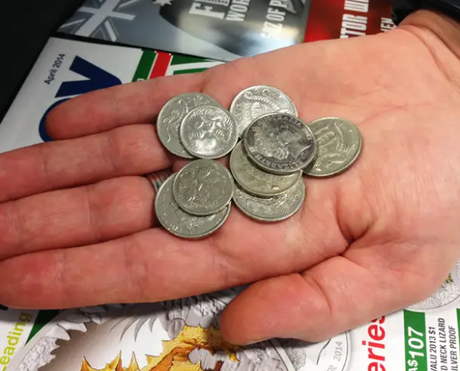
The following was penned by Downies employee Jimmy... As you may know, there are quite a lot of rare, unusual circulating coins that are hotly pursued by collectors. This had a...